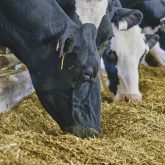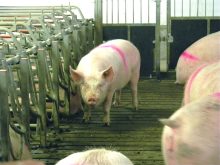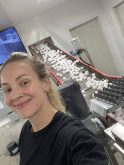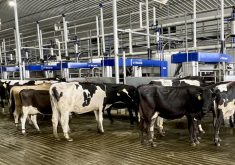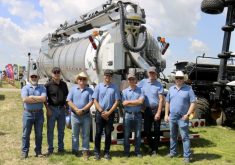Verifying metrics and making sure data is correct can help dairy farmers get the most out of Compass.
The dairy genetics management software, provided by Holstein Canada and Lactanet is focused on breeding and genetic improvement for dairy producers.
Why it matters: Breeding is a big component of dairy farm management. Recording accurate data is key to developing the best strategy for the operation.
The program was created by Holstein Canada and Lactanet, with funding provided by Zoetis, to help farmers summarize their herd’s genetic trends and breeding to understand the best strategy to improve the farm’s profitability through breeding.
Read Also
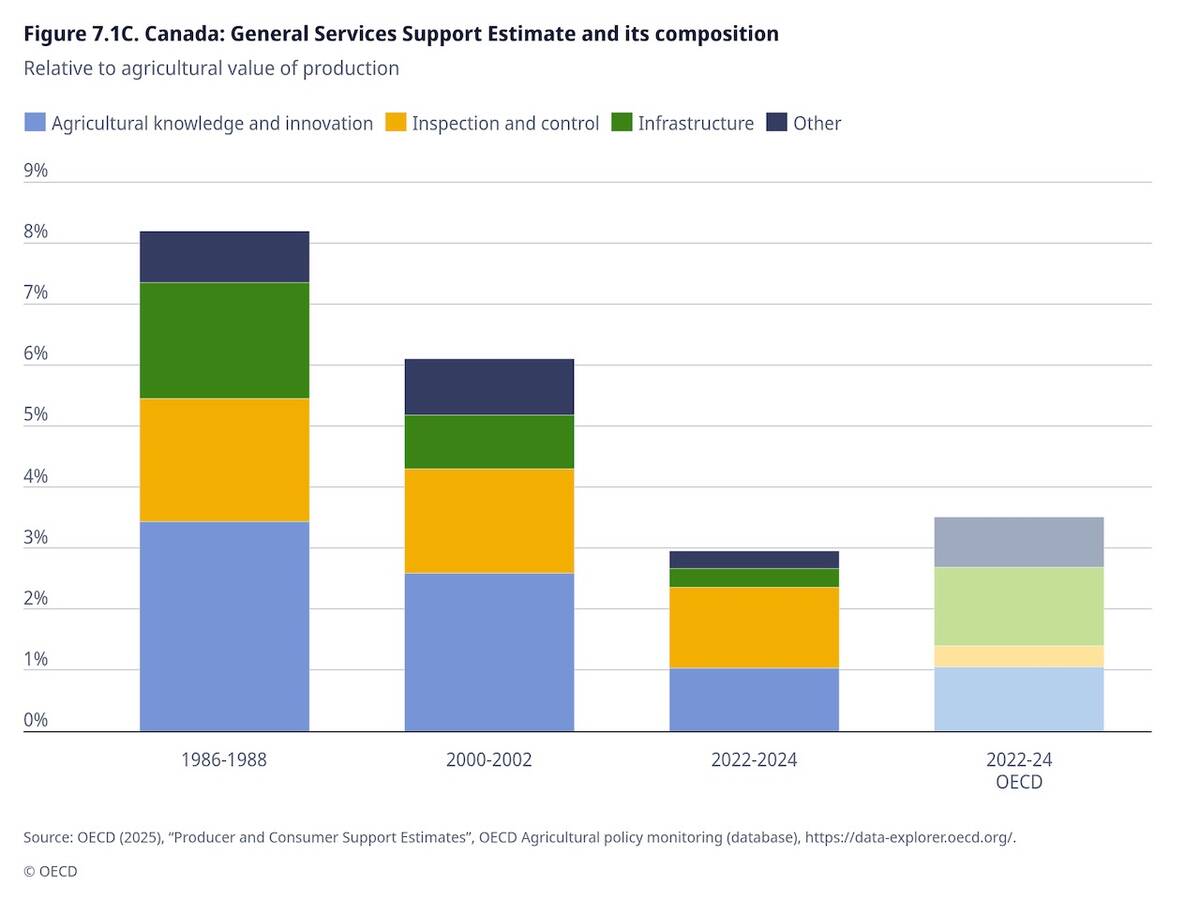
OECD lauds Canada’s low farm subsidies, criticizes supply management
The Organization for Economic Co-operation and Development lauded Canada’s low farm subsidies, criticized supply management in its global survey of farm support programs.
It allows operators to view current data, verify metrics and then build and implement a strategy.
“It walks you through the best way to navigate Compass to get the greatest value from the software,” says Brad Eggink, manager of classifying and field services with Holstein Canada, in a presentation recorded for Canada’s Digital Farm Show.
Of the five components of the roadmap, verifying metrics is the largest and most important component of the software, says Eggink.
If these metrics are not accurate, the data going into genetic decisions, which are part of building a strategy, will not be comparable or correlated to the herd.
“You will input how many cows you milk today, how many cows you hope to milk in two years’ time, how many replacements you have today, how many replacements you expect to have, your calf mortality, (etc.). By making sure that these metrics are accurate, and we know that they change, they will help in the breeding decision strategy later in the software.”

The breeding decisions section is the backbone of building the farmer’s strategy within the roadmap.
This component of Compass provides all of the information for each animal within the herd and the ideal breeding strategy for each animal, such as which animal should be bred to sexed semen, conventional semen and beef semen.
“Sexed semen, these animals are of high genetic value, they have high merit, or whatever traits this producer selected, these animals we are going to suggest that you breed sexed semen.”
The farmer has the ability to reset these breeding values at any time and change these breeding values according to how they would like to manage their herd.
As well, within this feature the program provides a Genetic Investment Building Values measure. If the producer follows the breeding strategy suggested by Compass they will receive a return on investment of “x” dollars.
“If you follow this strategy according to what the software does you are going to have a genetic return of investment over a two-year period of (x) dollars in change for this specific period. As soon as you start to stray away from any of these suggestions you are going to have a loss in that genetic value.”
Eggink says that the financial return number is a guideline, like Pro$, a measure used in a bull’s proof.
“This is what the index is showing you to do as far as profitability and this is how much money you can see to make over and above what you already made. It gives you a projection of the potential that these genetics can have in your herd.”
From these suggestions the farmer can implement their preferred strategy and choose the bulls to which they would like to breed their cattle.
“It’s important to always remember genetics is part of the equation. Environment, management, and output is the other part. Everything has to go hand in hand,” says Eggink.
The software is free and easy to access at compasscan.ca. A Lactanet number or Holstein Canada Account number, along with a Prefix are required. The account will then be created from this information and all account information is automatically loaded from Lactanet and Holstein Canada.






